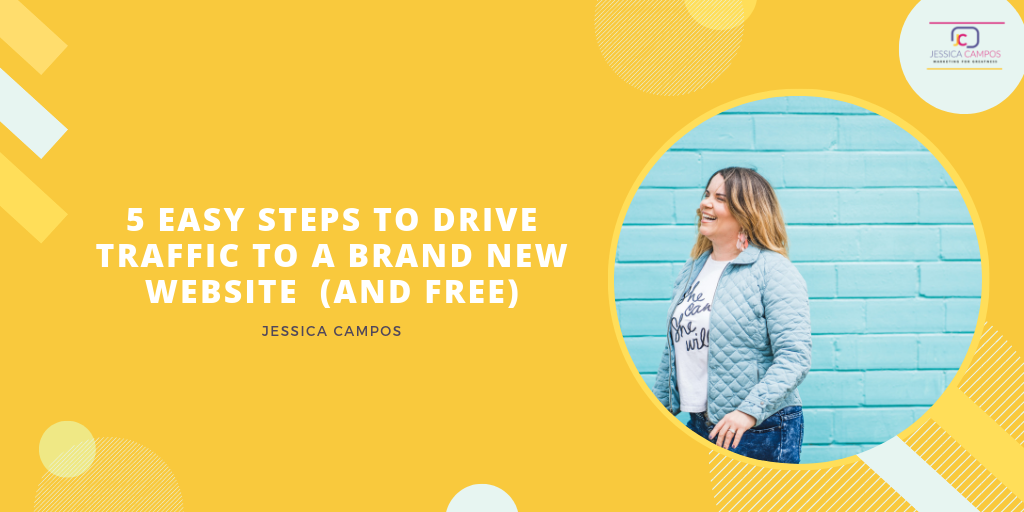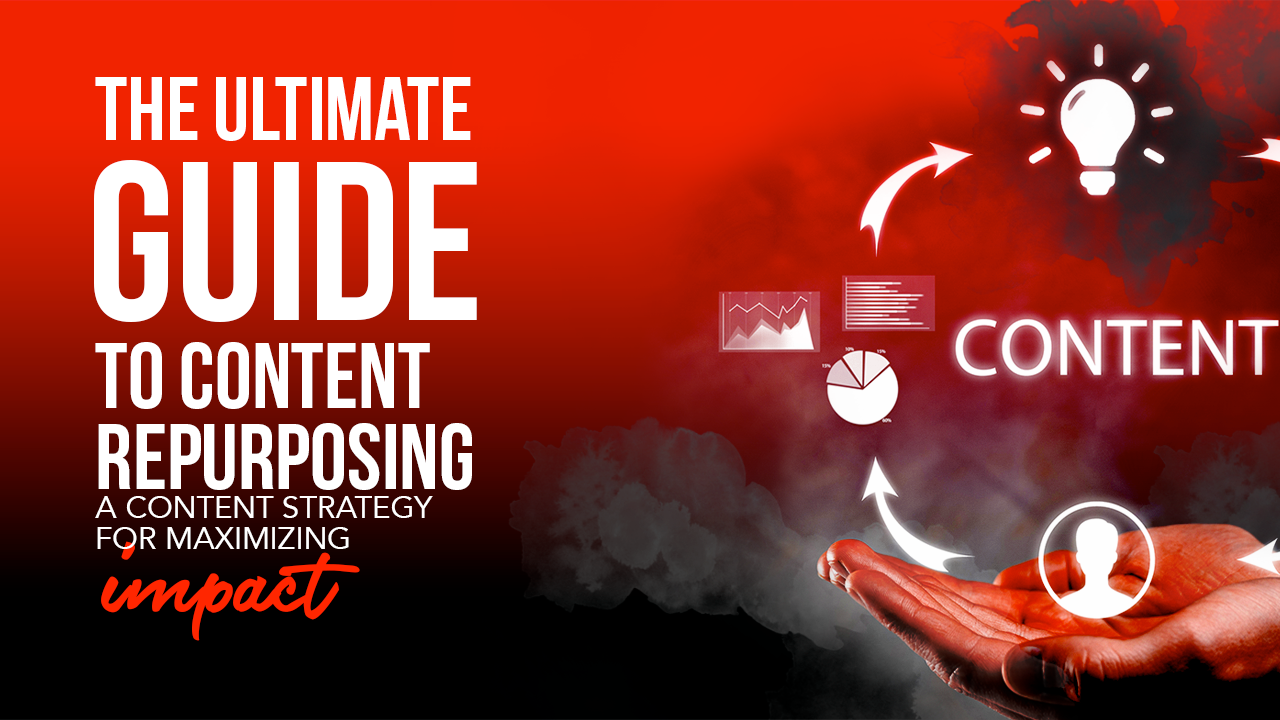So you’re here because you just spent hours building a new website (or months, or years). That’s exciting, and you should feel proud!
Now it’s time to figure out how to let all the search engines know that your website exists so you can get traffic to this brand new website.
This post will show you exactly how to do that and will cover a wide range of website launch tips that won’t require any code or advanced technical SEO.
True story: 90% of the clients I consult tell me they didn’t know they needed to publish their website after it was done. They handed their website to a web developer or built the website themselves and thought that it was just enough to get website visitors. If that was the case, everyone could have 1Million visitors per month!
You have worked so hard to get to this point so we need to get your brand new website some visibility, right away!
Here’s An Overview Of The 5 Steps I Will Cover In This Article:
Step 1: Website settings that can’t be avoided
Step 2: Prepare a launching campaign
Step 3: Fetch and render your website
Step 4: Announce it on your social networks
Step 5: Google My Business listing
Step 1: Website Settings That Can’t Be Avoided
Your new website might have been installed on WordPress, Wix, or Squarespace. Depending on the platform you use, they all have SEO settings. If you set up the website on your own, don’t panic. The settings I am talking about are not that complex.
On WordPress, I recommend Yoast SEO plugin. Download it and activate it, following the simple steps they provide.
On Wix, use SEO Wix and complete the settings by just following the steps.
Squarespace has a built-in SEO package. It automatically adds meta tags to your site if you complete the SEO settings on each page.
SEO Settings That Each Page Needs
SEO titles – Creates meta title tags for individual pages and collection items.
SEO descriptions – Creates meta description tags for individual pages and collection items. This increases CTR (click-through rate) which means that people will see your description and will click the link to read more.
Site title – Creates the title tag for your whole site.
SEO site description – Creates the meta description tag for your homepage.
Essentially, everything you have uploaded (pictures, videos, audio) will be published. Google reads it from the “metadata”. So it helps to describe all that media.
If you’re with Squarespace, here is a very informative article about their SEO package.
For bloggers, your taxonomy, categories, and tags are gonna be your bread and butter, so make sure you leave these settings ready to use! This article from WP Beginners will turn you into a taxonomy pro!
Lastly, a very common step that is forgotten, remember to add social sharing capabilities so that people can easily share your website with their social networks. Note: this is different than having your handles so you might want to add new plugins. Easy social share is one of many.
Step 2: Prepare Your Launching Campaign
Assuming all your technical settings are completed, now it’s time to have some fun! Just like having a baby! You announce the gender, share the progress, and when it’s born, you share the big news!
Activate your creativity and plan this website launch just like if you’re planning a very special event. You’ve worked hard!
Your launching campaign consists, normally, of 3 stages:
- ✔️ Pre-launch: This is when you create “teasers” coming up soon. Exactly what you see when a movie is coming up. Or even better, when Iphone is launching a new phone. By the way, did you see the new IphoneXI Pro?
- ✔️ Launch: The day when your website it’s gonna be born. Again, just like a newborn baby, plan to have headshots revealing the new website. And if you want to get even more traffic, plan about 4-5 blog posts that new website visitors can read once they land. If you’re in Austin, my favorite branded headshot photographer is Jerrel Trulove. He is amazing! He also shoots in other cities!
- ✔️ Updates: Keeping up with the same example (the baby), the first week update, the first month, and so on. Plan for those. You want to keep bringing up traffic to your site.
Pro tip: keep creating more content, but schedule it so readers have a reason to come back to your website.
Step 3: Fetch And Render Your Website
If this is the first time you’re hearing these words, I’m very happy to be your teacher today!
I know they sound very technical, but it’s just like everything when it’s new. It sounds scary but it’s simple, once you understand.
The SEO world has cool words like that. For instance, the process when Google reads your website is called “crawling”. So that’s another new word for you.
How Does Google Crawl The Web?
If you’re curious enough, you will want to understand this process. Here’s some amazing guide that Google provides for developers.
Google gets information from many different sources, including:
- ✔️Web pages,
- ✔️ User-submitted content such as Google My Business and Maps user submissions,
- ✔️Book scanning,
- ✔️ Public databases on the Internet, and many other sources.
However, this page focuses on web pages.
The Short Version
Google follows three basic steps to generate results from web pages:
Crawling
The first step is finding out what pages exist on the web. There isn’t a central registry of all web pages, so Google must constantly search for new pages and add them to its list of known pages. This process of discovery is called crawling.
Some pages are known because Google has already crawled them before. Other pages are discovered when Google follows a link from a known page to a new page. Still other pages are discovered when a website owner submits a list of pages (a sitemap) for Google to crawl. If you’re using a managed web host, such as Wix or Blogger, they might tell Google to crawl any updated or new pages that you make.
To improve your site crawling:
- ✔️For changes to a single page, you can submit an individual URL to Google.
- ✔️Get your page linked to by another page that Google already knows about. However, be warned that links in advertisements, links that you pay for in other sites, links in comments, or other links that don’t follow the Google Webmaster Guidelines won’t be followed.
- ✔️ If you ask Google to crawl only one page, make it your home page. Your home page is the most important page on your site, as far as Google is concerned.
- ✔️ To encourage a complete site crawl, be sure that your home page (and all pages) contain a good site navigation system that links to all the important sections and pages on your site; this helps users (and Google) find their way around your site.
Google Search Console
Google Search Console is a free service offered by Google that helps you monitor, maintain, and troubleshoot your site’s presence in Google Search results. You don’t have to sign up for Search Console to be included in Google Search results. Search Console helps you understand and improve how Google sees your site.
If all your information is ready for new website visitors to check it out, let’s get you on Google Search Console! Click here.
Note that Google Search Console and Google Analytics are not the same. Your developer will install the codes to track your traffic and your digital marketing expert will help you decode what those numbers say.
Step 4: Announce It On Your Social Network
Making and posting a website for Google to crawl so the internet can find you is only the first step. How do we bring in not only viewers, but active viewers? How can we ensure that those active viewers will turn into real sales opportunities?
The short answer is: making sure your users are clear about the solution you provide for their needs.
Social media channels are a great to accomplish this goal.
Top Social Media Channels To Launch Your Website
Your top social media channels will depend on your industry and audience, as you already know. Regardless, at the end of the day, your users want to have a human connection. Whether you like it or not, they will search for you! So we need to make sure they find you and have a great first impression!
Let’s cut some corners!
Facebook Profile
I’m sure you know this already, but… just in case, your Facebook profile has the “About Me” section. Make sure you edit it and add your website.
A pro tip: publish a life event! Life events are great because all your friends receive a notification, so you get to hack the algorithm. Just don’t abuse! Here’s an example of mine.
Expand Your Facebook Network
There’s a good chance that until now, you’ve been using Facebook just to connect with intimate friends. So when you think of Facebook marketing, you think about those friends who can’t stop to share in social media about their products. Well, that’s not gonna be you!
First of all, you can adjust your Facebook settings and organize your Facebook friends by creating lists so your college friends don’t see your business posts!
Using a list, you can post an update for specific people, like your coworkers or friends who live near you. You can also see updates from specific groups of people (example: close friends, family).
You can add or remove friends from these lists at any time. People won’t be notified when you add them to these lists.
Facebook Business Page
Facebook business pages are great to announce your business. It adds credibility and will for sure help you to reach new connections. That’s great! Complete the settings to have your business page, but don’t expect too much from it, unless you are using Facebook Ads.
Instagram Business Profile
One of the current best social media platforms out there is Instagram. It’s growing and it won’t stop any time soon!
How Can Instagram Help You Drive Traffic To Your New Website
A very short version of this complex Insta-world that can help you get it started!
Where to start on Instagram?
Set up a business profile
This will allow you to see how many people click on your profile and the interactive communications with your viewers.
Make sure your new website is listed on your business profile.
Instagram is all visuals. Build a theme for your Instagram that makes users identifying what you do in less than 2 seconds.
Make sure you plan your visuals so you can meet the audience’s standards.
Later app is a great tool that is easy to use! It can help you plan your feed in advance and can schedule posts in advance.
Search on Instagram for similar accounts that relate to yours.
This will be helpful to start with the platform. With time, you will notice you don’t need any inspiration anymore, as it will all come from you. Let’s go back to the example of the health coach. By simply typing health or fitness coach, thousands of pages will automatically pop up with the most popular and engaging at the top. Explore these accounts, those following them, and constantly commenting on them. Chances are engaging with these people will bring you new clients!
Remember what we explained in Step 2 (planning your campaign), you will use the content that you planned for this launching campaign.
Notice that brands use Instagram to announce their deals! So you will be doing the same. Build campaigns around your new website.
- ✔️Share a new offer for new clients only.
- ✔️Give away
- ✔️Collaborate with influencers
Share Your New Website News Via Instagram Stories
Too many posts on their timeline isn’t pleasing to viewers, so a more effective option is Instagram stories. These allow you to make beautiful and creative posts without spamming the audience.
The Catch With Instagram Stories
You can’t add website links until you have 10,000 followers or more.
Can you buy Instagram followers? Yes you can. I wrote an article on how to buy Instagram followers. If Instagram is a great social media channel for you, this one will be a great read.
Step 5: Google My Business
Getting a local business listed on Google My Business (GMB) is one of the fastest and easiest ways to get a local business to start showing up for local search results on Google. Google My Business connects businesses directly with their customers — whether they’re searching on Google Search or Maps.
Most SEOs who work with local clients consider claiming their GMB listing the first step in their SEO strategy. Surprisingly, 56% of local businesses haven’t claimed their Google My Business listing, according to the Local Business Institute.
How To Get Started With Google My Business? Is This Free?
Yes, it’s a free service, which is the irony of this amazing tool. It costs nothing for you to list your business. You can use it, for example, to bring traffic to your blog. Now, to be transparent with you, the listing alone won’t just do magic and take your business to rank on the first page of Google maps or the Google search.
For now, open your GMB listing. Google might ask you to confirm your physical location so it might take a few days. Claim your GMB listing here.
A pro tip: optimize your listing for local SEO and get local search ranking using other tools like Google local guides and Google maps so you can have more advantages and visibility.
Consider reading next: The 7 Key Local SEO Strategies To Improve Google My Business Rankings In 2019
Now What?
I really hope you go back and follow these 5 steps. When you do, please report back to me! It really helps to know when I can help entrepreneurs like you with just an article. If you wanna chat, hit the connect icon here and you will find me!










